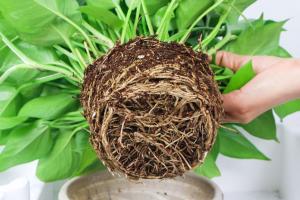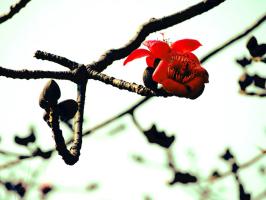When to Plant Cedar Trees in Georgia
Georgia is a beautiful state with diverse climate zones and soil types, making it an ideal place to grow a wide variety of trees, including cedar trees. If you're considering planting cedar trees on your property in Georgia, you may be wondering when the best time is to do so. In this article, we'll discuss the optimal planting time for cedar trees in Georgia, as well as some tips for successful planting and care.
Planting Time
The best time to plant cedar trees in Georgia is in the fall or early spring. Fall planting is ideal because the soil is still warm from the summer months, which encourages root growth. Additionally, fall planting allows the trees to establish their roots before the heat of the summer sets in. Early spring planting is also a good option, as the weather is cooler and there is plenty of moisture in the soil. Avoid planting cedar trees during the hot summer months or during times of drought, as this can make it difficult for the trees to establish themselves.
Choosing Cedar Trees
When choosing cedar trees to plant in Georgia, it's important to select species that are well-suited to the state's climate and soil conditions. Eastern Red Cedar and White Cedar are popular choices for Georgia, as they thrive in a variety of soils and temperatures. Additionally, these species are resistant to pests and diseases, making them a low-maintenance option.
Preparing for Planting
Before planting cedar trees, it's important to prepare the soil properly. Cedar trees prefer well-draining soil, so ensure that the planting area is free of any standing water. If the soil is too compact, consider tilling or aerating the soil to increase drainage. Cedar trees also prefer slightly acidic soil, with a pH between 5.0 and 6.5. Consider testing the pH of the soil and amending it as necessary to ensure that it's within this range.
Planting Cedar Trees
When planting cedar trees, dig a hole that is
roughly the same depth as the root ball and twice as wide. Place the tree in the hole and backfill with soil, pressing down firmly to ensure that the soil is snug around the roots. Water the tree thoroughly after planting, and consider adding a layer of mulch to help retain moisture and regulate soil temperature. It's also a good idea to add a slow-release fertilizer to the soil to provide nutrients to the tree as it establishes itself.
Caring for Cedar Trees
Cedar trees require minimal care once they are established. Water the tree regularly during its first year, making sure not to overwater. After the first year, cedar trees are relatively drought-tolerant and can be watered less frequently. Additionally, cedar trees do not typically require pruning, although dead or damaged branches should be removed as necessary. It's also a good idea to monitor the trees for pests and diseases, and to take action as soon as any issues are detected.
Conclusion
Planting cedar trees in Georgia can be a rewarding and low-maintenance addition to your property. By choosing the right species, preparing the soil properly, and taking proper care of the trees, you can enjoy the beauty and benefits of cedar trees for years to come. Remember to plant in the fall or early spring, and avoid planting during times of drought or extreme heat. With a little planning and care, your cedar trees will thrive in Georgia's sprawling forests and backyards.

 how many times do yo...
how many times do yo... how many planted tre...
how many planted tre... how many pine trees ...
how many pine trees ... how many pecan trees...
how many pecan trees... how many plants comp...
how many plants comp... how many plants can ...
how many plants can ... how many plants and ...
how many plants and ... how many pepper plan...
how many pepper plan...



























